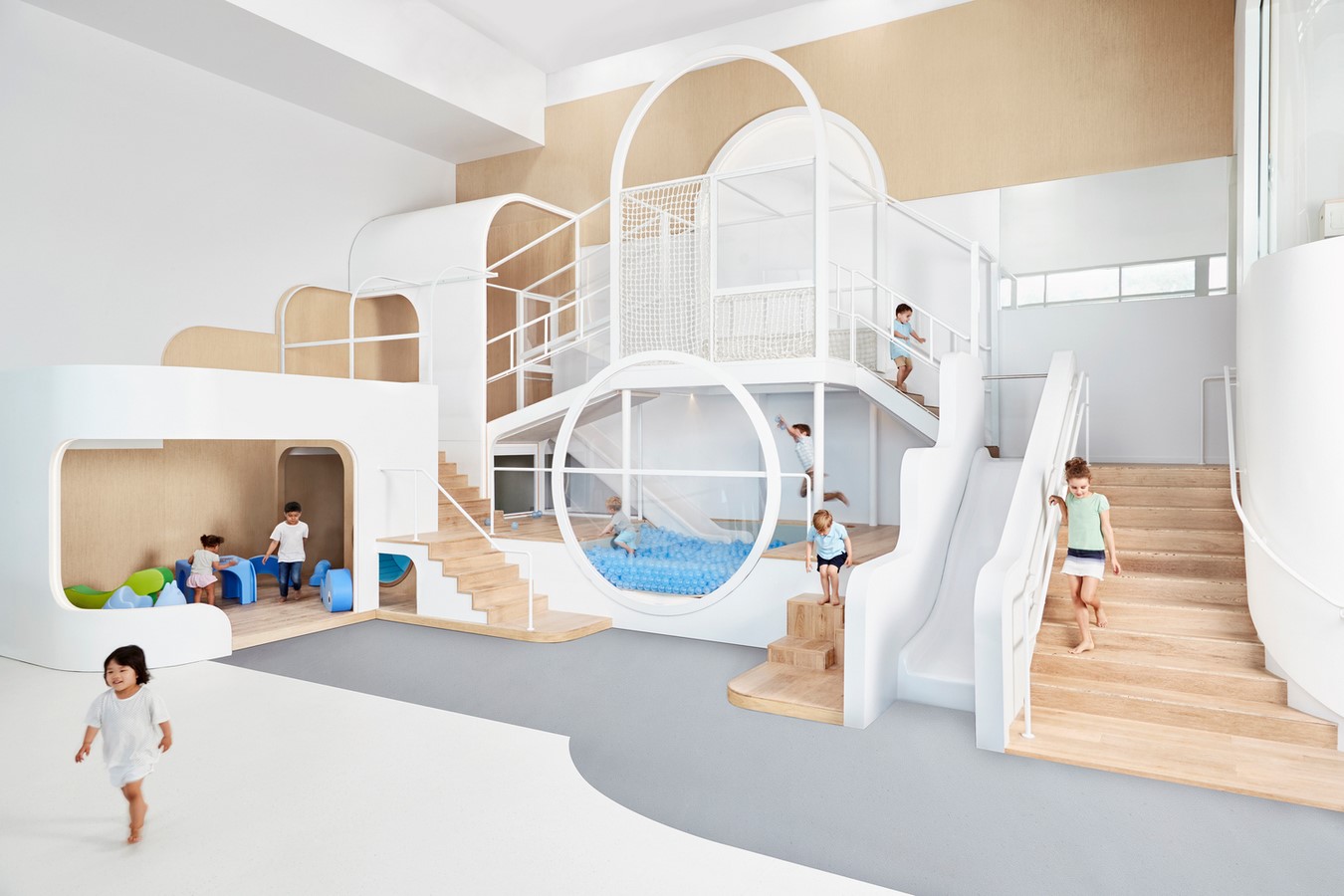A World Without Children? Exploring the Concept of "Child-Free" Spaces in 2025
Related Articles: A World Without Children? Exploring the Concept of "Child-Free" Spaces in 2025
Introduction
In this auspicious occasion, we are delighted to delve into the intriguing topic related to A World Without Children? Exploring the Concept of "Child-Free" Spaces in 2025. Let’s weave interesting information and offer fresh perspectives to the readers.
Table of Content
A World Without Children? Exploring the Concept of "Child-Free" Spaces in 2025

The year 2025 is rapidly approaching, and with it, a myriad of technological advancements and societal shifts. One such shift that is increasingly being discussed is the concept of "child-free" spaces. This concept, while seemingly controversial, is gaining traction as a potential solution to address concerns surrounding the needs of diverse populations and the evolving nature of family structures. This article delves into the intricacies of this concept, examining its potential benefits, challenges, and implications for the future.
Understanding the Concept
The term "child-free" spaces refers to environments specifically designed and designated for adults, excluding children. These spaces can encompass various settings, including:
- Residential Communities: Entire neighborhoods or apartment complexes exclusively for adults, offering a serene and quiet environment without the typical noise and activity associated with children.
- Public Venues: Restaurants, bars, cafes, and other public spaces that prioritize adult-centric experiences, potentially with specific rules and regulations to ensure a peaceful atmosphere.
- Travel Destinations: Resorts, hotels, and cruise ships that cater exclusively to adults, providing a relaxing and tranquil getaway free from the usual demands of family travel.
- Workplaces: Offices that promote a focused and productive work environment by limiting or prohibiting children from entering the premises.
The Rationale Behind Child-Free Spaces
The emergence of this concept stems from a confluence of factors, including:
- Changing Demographics: Declining birth rates and an aging population are leading to a greater number of adults without children, creating a demand for spaces tailored to their needs and preferences.
- Shifting Societal Values: Traditional notions of family and parenthood are evolving, with more individuals choosing to remain child-free or delaying parenthood. This shift in values has created a desire for spaces that cater to adult-centric lifestyles.
- Increased Stress and Noise: Modern society is often characterized by high levels of stress and noise, exacerbated by the presence of children in public spaces. Child-free spaces offer a respite from these stressors, fostering a more relaxed and peaceful environment.
- Focus on Adult-Centric Experiences: Many adults seek experiences and activities that are not typically catered to families with children, such as quiet dining, adult-oriented entertainment, or serene relaxation. Child-free spaces provide a dedicated environment for these experiences.
Potential Benefits of Child-Free Spaces
The implementation of child-free spaces could potentially offer a range of benefits for individuals and society as a whole:
- Improved Quality of Life for Adults: By providing a dedicated space for adults, child-free zones offer a more peaceful and relaxing environment, reducing stress and promoting well-being.
- Enhanced Productivity and Focus: For adults who work in child-free environments, the absence of distractions and noise can significantly improve productivity and focus, leading to greater efficiency and satisfaction.
- Increased Socialization Opportunities for Adults: Child-free spaces can serve as hubs for adults to connect and engage with others who share similar interests and lifestyles, fostering a sense of community and belonging.
- Reduced Strain on Public Resources: By creating dedicated spaces for adults, there is potential for a more equitable distribution of resources, reducing strain on public facilities and services that are often heavily utilized by families with children.
Challenges and Concerns
While the concept of child-free spaces holds potential benefits, it also presents several challenges and concerns:
- Potential for Discrimination: Critics argue that the creation of child-free spaces could lead to discrimination against families with children, creating a sense of exclusion and limiting their access to public spaces.
- Social Stigmatization: The concept of child-free spaces may be perceived as stigmatizing for families with children, reinforcing negative stereotypes and creating social divisions.
- Logistical and Practical Issues: Implementing child-free spaces would require careful planning and consideration of logistical issues, such as enforcement mechanisms, accessibility for individuals with disabilities, and the potential for conflicts between different groups.
- Ethical Considerations: The ethical implications of creating spaces that exclude children based on age are a subject of ongoing debate, raising questions about the potential for societal segregation and the impact on children’s social development.
Addressing the Challenges
To mitigate these challenges and ensure the successful implementation of child-free spaces, it is crucial to address the following:
- Clear and Transparent Policies: Establishing clear and transparent policies that define the boundaries and purpose of child-free spaces is essential to avoid confusion and potential for discrimination.
- Inclusive Design: Child-free spaces should be designed to be inclusive and accessible to all individuals, including those with disabilities, to avoid creating a sense of exclusion.
- Public Education and Dialogue: Open and honest dialogue about the benefits and challenges of child-free spaces is crucial to foster understanding and address concerns from all stakeholders.
- Alternative Solutions: Exploring alternative solutions, such as designated family-friendly spaces within public venues, can help address the needs of both adults and families with children.
FAQs
Q: Are child-free spaces legal?
A: The legality of child-free spaces varies depending on location and specific regulations. Some countries and regions have laws that prohibit discrimination based on age, which may limit the implementation of child-free spaces. However, others may allow for businesses and organizations to create age-restricted environments, provided they comply with applicable laws and regulations.
Q: How will child-free spaces be enforced?
A: Enforcement mechanisms will vary depending on the specific space and its policies. Some spaces may rely on staff to monitor and enforce rules, while others may utilize technology such as age verification systems or security measures.
Q: Will child-free spaces impact children’s social development?
A: The impact of child-free spaces on children’s social development is a complex issue with no definitive answer. Some argue that exposure to diverse age groups is essential for children’s social development, while others believe that creating dedicated spaces for adults can provide a more peaceful and focused environment for both adults and children.
Q: What are the ethical implications of child-free spaces?
A: The ethical implications of child-free spaces are a subject of ongoing debate. Some argue that excluding children from certain spaces could perpetuate ageism and create a sense of segregation, while others believe that providing dedicated spaces for adults can promote well-being and enhance quality of life.
Tips for Creating Successful Child-Free Spaces
- Clear and Concise Communication: Clearly communicate the purpose and policies of child-free spaces to all stakeholders, including residents, visitors, and employees.
- Respectful and Inclusive Design: Design child-free spaces to be respectful and inclusive of all individuals, regardless of age or ability.
- Open Dialogue and Feedback: Encourage open dialogue and feedback from all stakeholders to ensure that child-free spaces meet the needs of the community.
- Alternative Solutions: Explore alternative solutions, such as designated family-friendly spaces, to address the needs of both adults and families with children.
Conclusion
The concept of child-free spaces is a complex and evolving one, presenting both potential benefits and challenges. While it is important to address concerns surrounding discrimination and ethical implications, the concept holds the potential to improve the quality of life for adults and create a more balanced and equitable society. The success of child-free spaces will depend on careful planning, transparent policies, and open dialogue among all stakeholders. As society continues to evolve and adapt to changing demographics and values, the concept of child-free spaces is likely to remain a subject of ongoing discussion and exploration.








Closure
Thus, we hope this article has provided valuable insights into A World Without Children? Exploring the Concept of "Child-Free" Spaces in 2025. We thank you for taking the time to read this article. See you in our next article!